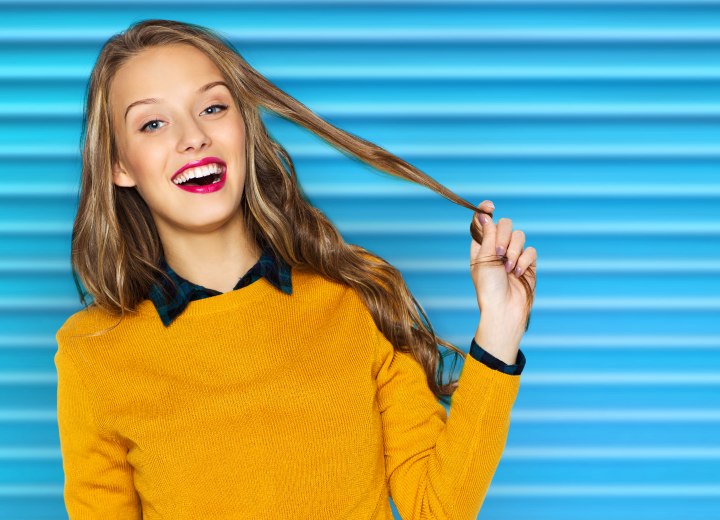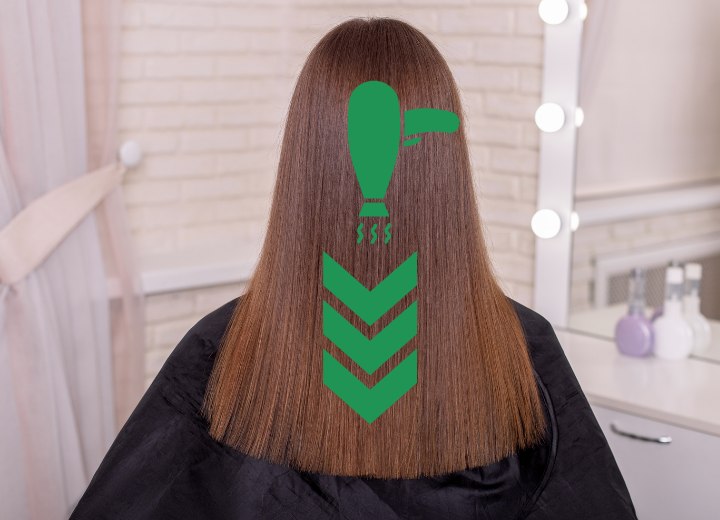Achieving Second-Day Hair

A: The phenomenon you're describing is incredibly common and has to do with how clean hair behaves versus hair that has had a day to settle and absorb natural oils. Freshly washed hair often lacks the slight weight and texture that develops overnight, which is why it can appear fluffy, static-prone, and difficult to style.
For those with curly or wavy hair, the approach is different but equally important. You should always use a diffuser attachment on your blow dryer to gently dry your curls without disrupting their natural pattern. Without a diffuser, direct airflow can create frizz and turn your beautiful curls into what many people describe as a "puffball." The diffuser disperses the air more gently and helps maintain your hair's natural texture while reducing volume.
Regardless of your hair type, one of the most effective techniques is to avoid fully drying your hair with heat. Instead, blow-dry your hair until it's only slightly damp or about 80-90% dry, then allow it to finish air-drying naturally. This approach serves multiple purposes: it reduces heat damage, minimizes static electricity, and prevents over-manipulation of the hair cuticles, all of which contribute to smoother, more manageable hair.
The science behind this technique relates to your hair's cuticle layer. When hair is completely dried with heat, the cuticles can become raised and rough, leading to frizz and that fluffy appearance. By allowing the final drying to happen naturally, you're giving the cuticles time to settle and lay flat, which creates a smoother surface and more controlled look.

The reason your hair looks better on the second day is that it has had time to absorb a small amount of your scalp's natural oils, which add weight and definition to your strands. You can replicate this effect immediately after washing by applying a small amount of leave-in conditioner or hair oil to damp hair, focusing on the mid-lengths and ends while avoiding the roots to prevent greasiness.
Another helpful technique is to use styling products designed to add weight to freshly washed hair. Look for products labeled as "smoothing serums," "anti-frizz creams," or "hair oils" that can mimic the natural oils your hair develops overnight. Apply these products to damp hair before drying to help tame flyaways and add the subtle weight that creates that polished, second-day appearance.
©Hairfinder.com